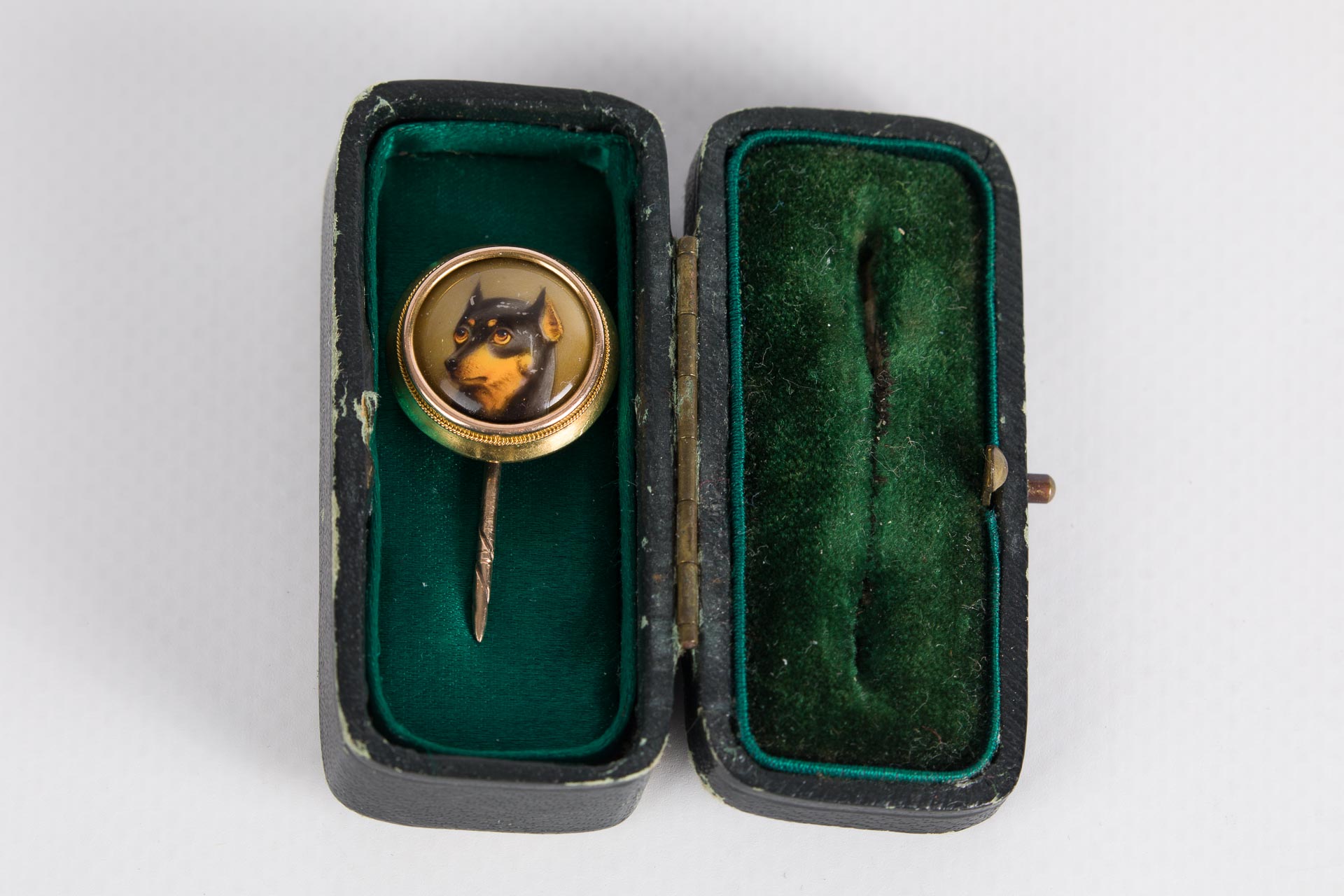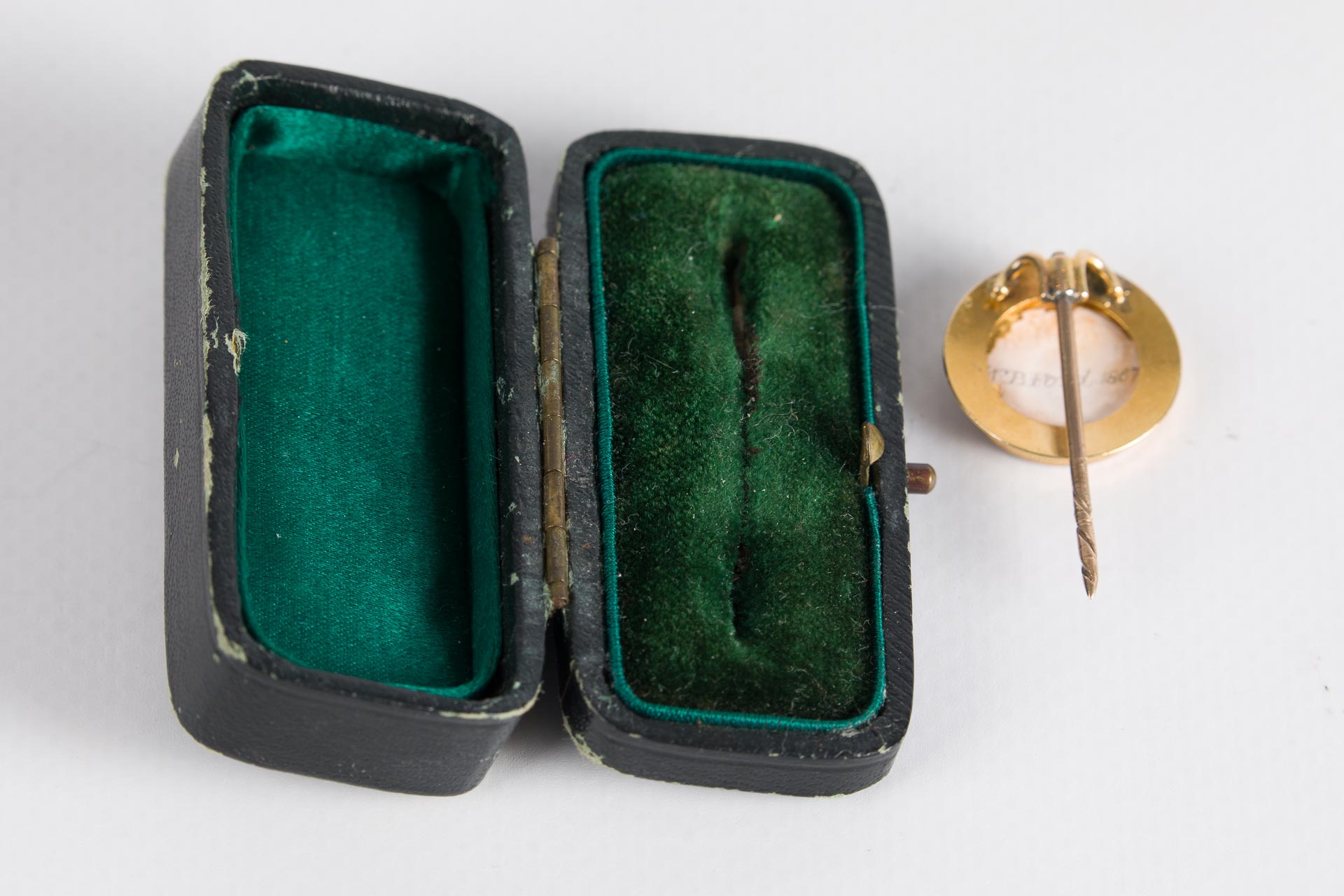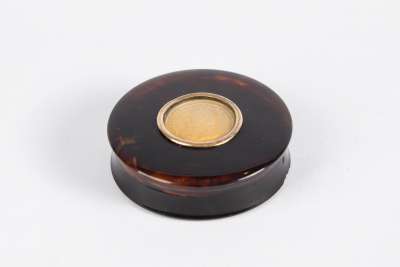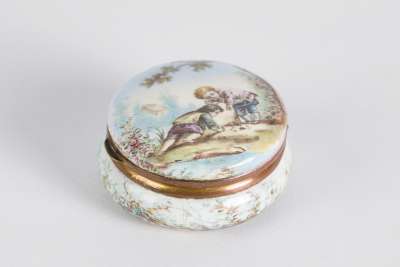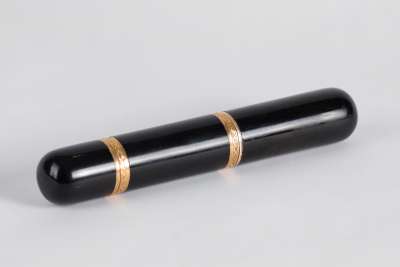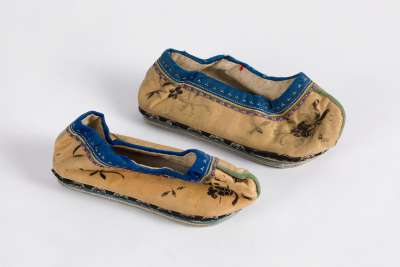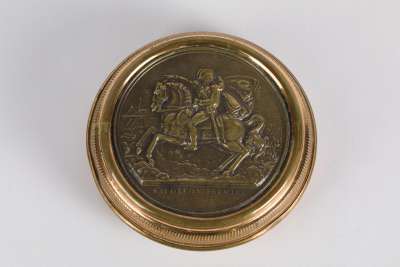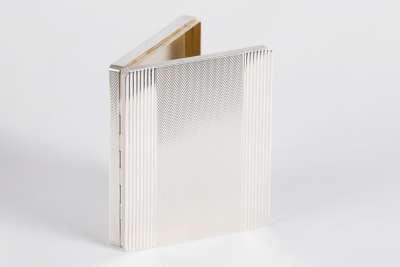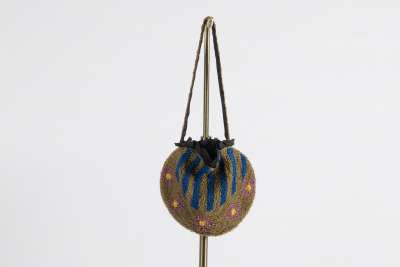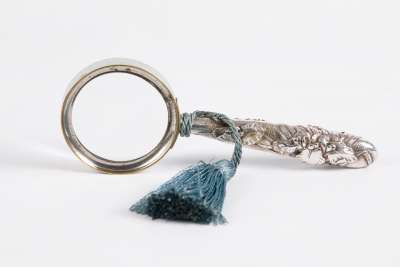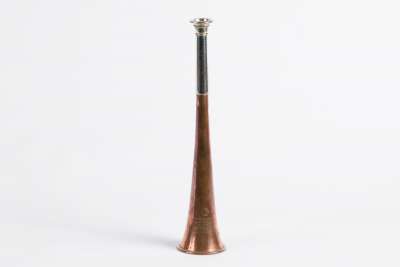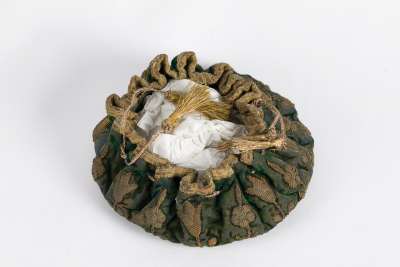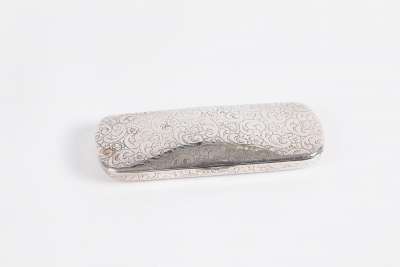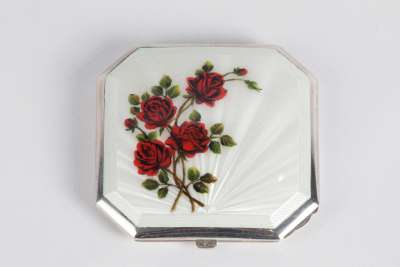This exquisite enamel pin, crafted by the renowned artist William Bishop Ford in 1867, is a remarkable piece of miniature art. The pin features a finely detailed enamel painting of a dog, set within a gold-coloured metal frame. A testament to Ford's expertise, the piece bears his signature "W B Ford" along with the date. William Bishop Ford was a pupil of William Essex, a celebrated enamel painter who served illustrious patrons, including royalty. Although there are no gold hallmarks present, the meticulous craftsmanship and Ford's signature confirm its authenticity and historical significance. This piece originates from England, reflecting the rich tradition of British enamel artistry during the 19th century.
Condition Report
The enamel pin is in a condition consistent with its age and usage over more than a century. The enamel painting retains its vibrancy, showcasing Ford's skillful brushwork. The metal frame, although lacking gold hallmarks, remains in good condition, with minor wear that is typical of an antique of this period. The pin mechanism functions smoothly, allowing it to be securely fastened to fabric. The original presentation box is included, showing signs of wear commensurate with age, such as slight scuff marks and fading. Overall, the pin remains a charming and collectible piece, embodying the craftsmanship of its era.
Dimensions
Weight: boxed 20gm, pin 4gm, Length: 6.4cm boxed, pin 3.6cm, Width: 3.5cm boxed pin 2cm.
A Unique Collectable Accessory
Enamel pins like this one were popular during the Victorian era as accessories for clothing and hats. They often depicted animals and were used to add a touch of elegance and personal style to one's attire. This particular pin, with its depiction of a dog, would have been a charming addition to a gentleman’s or lady’s wardrobe. Such pins were not only fashion statements but also conversation starters, reflecting the wearer’s interests or status.
Victorian Enamel Artistry
This piece is a fine representation of Victorian era enamel artistry, a period when miniature enamel paintings were highly prized for their intricate detail and vibrant colours. The style is characterized by meticulous attention to detail and a realistic portrayal of subjects, often animals or portraiture, set against a simple and elegant backdrop. This technique allowed artists like Ford to showcase their skill in creating lifelike images on a miniature scale. The simplicity of the gold-coloured metal frame complements the detailed enamel work, highlighting the pin's artistic value.
The Craft of Enamel Painting
The creation of this enamel pin involved a complex and delicate process. Enamelling is an ancient art form where powdered glass is applied to a substrate, in this case, metal, and then fired at high temperatures to create a smooth, durable finish. Ford, being an adept pupil of William Essex, mastered the technique of painting fine details using enamel, which requires precision and control given the unforgiving nature of the medium. The result is a durable piece of art that retains its colour and detail over time, exemplifying the skill and dedication of the artist.
Crafted by William Bishop Ford
William Bishop Ford, known for his exceptional miniature enamel paintings, was a student and assistant to the esteemed William Essex. Essex's influence is evident in Ford's work, especially in his depictions of animals, which were a favourite subject. Ford's pieces are highly regarded for their attention to detail and vibrant use of colour, characteristics that were likely honed under Essex's tutelage. Despite lacking formal recognition from aristocracy, Ford's work continues to be celebrated and sought after by collectors of antique enamels.
Collected by Enthusiasts of Enamel Art
Enamel pins such as this one are cherished by collectors for their historical and artistic significance. The detailed craftsmanship and the association with renowned artists like William Bishop Ford make them highly desirable. Collectors appreciate these pieces not only for their beauty but also for their connection to a rich history of enamel painting. Enthusiasts of Victorian jewellery particularly prize them as representations of the era’s artistry and fashion trends. Collecting such items provides insight into the cultural and artistic practices of the 19th century, offering a tangible link to the past.
